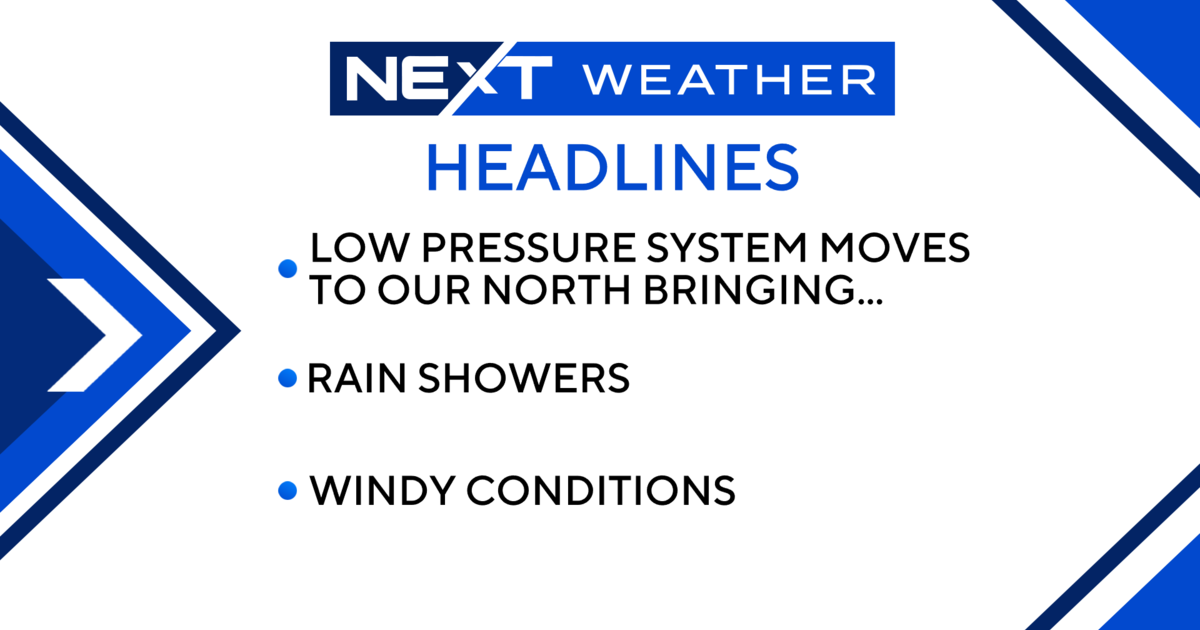Science of Weather: Air Masses
If you hear a meteorologist, say stormy weather is expected, we didn't just pull it out of thin air. Instead, we looked at weather models predicting the future. Weather forecasting can be difficult and is largely based on air mass characteristics which help drive our local forecast. So let's start with the basics, what is an air mass? An air mass is a large body of air whose temperature and humidity are fairly similar based on origin.
There are really two categories based on moisture level pertaining to air masses. First, there's Continental. Which is an air mass originating over the continents, associated with dry air. The second is maritime. This air mass originates over oceans and is associated with moist air. Those two divisions are then categorized even more, by the temperatures in a specific region. Those temperature profiles are defined as arctic, polar, and tropical. Arctic air masses are very cold developing over the Arctic or Antarctic regions. Polar air masses are not as cold as arctic air, originating over higher latitudes. Tropical air masses have warm and hot temperatures, originating over the lower latitudes. Think about it, in the United States, it's warmer in the Southern tier and colder in the northern tier.
When you factor in both the temperature and moisture content, we get continental arctic, continental polar, maritime polar, maritime tropical, and continental tropical in North America. Those air masses tend to move around. When air masses collide and clash together air mass boundaries form called fronts. Fronts are identified by the change of temperature based on motion. Now there are a few different types of fronts, but the most common, which we are familiar with here are warm and cold fronts. A cold front means colder air is replacing a warmer air mass. A warm front means warm air is replacing a colder air mass.
Depending on the position and frontal boundary type, that helps us weather forecast. If rain and storms are expected due to a front, we can usually pinpoint the coverage of the event. Determining if the precipitation will be along the frontal boundary, if it will be more scattered, or if there is little moisture associated with it. Now that's the Science of Weather, I'm Meteorologist Kylee Miller.



